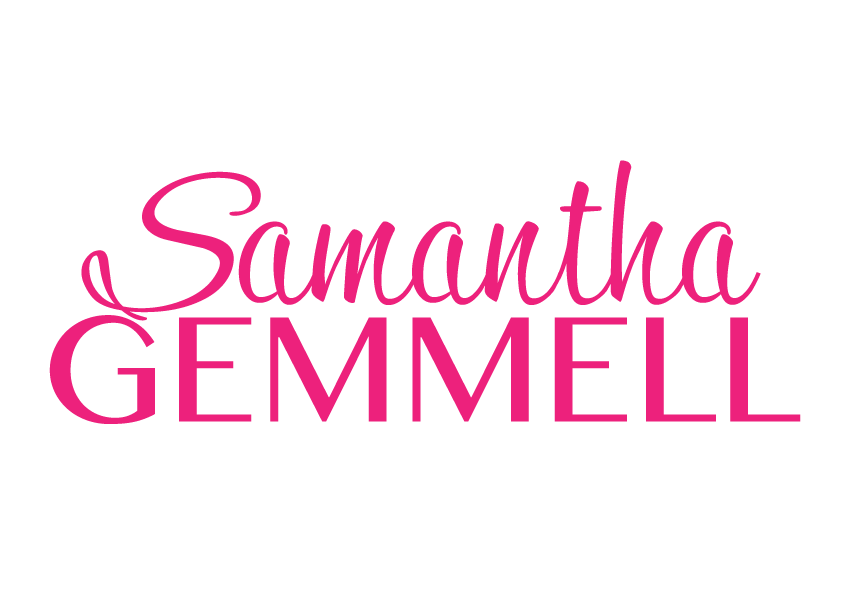What A Good Health Blog Looks Like
As a health practitioner, you want to educate your clients. One of the easiest ways is to write a good health blog on a regular basis. But how can you ensure that what you're writing is interesting? There are a few key elements that make up a quality blog.
A good health blog has a strong title
You want your blog to capture attention. Otherwise, it doesn't matter how good your article is - no one will click it. Except maybe your mum (hi, Mum!)
In order to make a strong title, you want to do some, or all, of the following:
Include keywords that give the reader an idea of the topic
Ask a question that the reader wants to be answered by you
Give a number of points that might be included, such as 'Ten Top Tips For X'
Call a target audience out directly - such as 'What You Want To Know Before Falling Pregnant'
Have a go at using these title strategies. You should see an improvement in click rates pretty quickly!
A good health blog has a quality pic that relates to the topic
Sure, a blog article is about the information. But images are key to gaining attention on social media and in newsletters. So if your articles are long blocks of information, break them up with an image or two.
Make sure it's somewhat relevant to the topic. Otherwise, you'll be catching the wrong attention. For example, my images often contain food, writing pads, computers or a combination. That's because my key areas are health, writing and content tips.I use a number of sources for my images.
Two of my favourites are:
Wellness Stock Shop - perfect for health professionals, as there are plenty of wellness images to choose from
Unsplash - a variety of great-quality images
A good health blog has subheadings
You want to make it easy to read your article. Otherwise, you'll lose the attention of your reader too quickly. The aim of the game is to keep them engaged, so that they're more likely to look at your other information.
A great way to do this easily is to use sub-headings above each couple of paragraphs. You can figure these out when you draft your article. Each dot-point of information can be turned into the subheadings.
Each subheading should have 300 words or less under it. This means that you need to cover one or two points of information well, then start a new subheading section.
A good health blog educates the reader
Some practitioners hesitate to give out information for free. After all, you want money to come into your practice!
But the key here is that you are offering value to your readers and building a relationship. From that relationship, you will have many clients who want to follow up with a consultation.
So don't just waffle on about theory and complicated topics. Instead, offer small amounts of information. Then, follow up with actionable points. Just look at this article - it gives you real tips that you can implement without having to hire me!
A good health blog offers the reader the next step
Every article should have a call-to-action at the end that offers the reader more.
It might be a link to your booking page, or to your newsletter. But whatever it is, the purpose is to encourage the reader to continue the connection with you.
Do you struggle with writing a good health blog?
For plenty of free marketing and content tips, make sure you jump onto my mailing list here.

